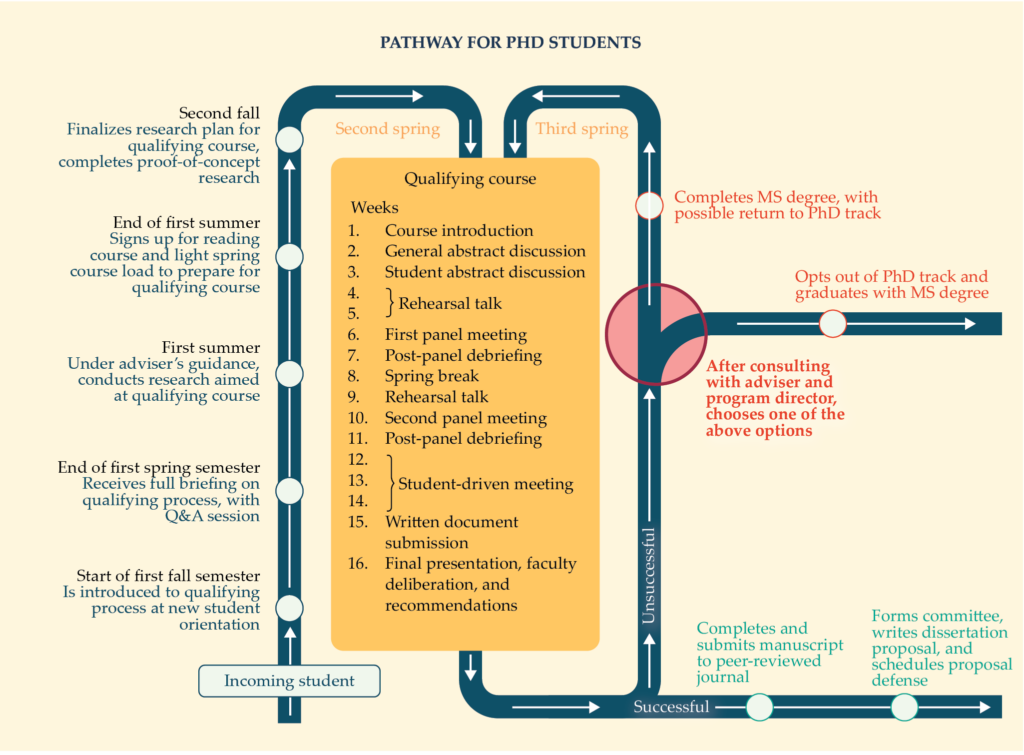As of this writing, it’s been two weeks since Hurricane Helene made landfall in the Big Bend area of the Florida coast and barreled inland, flooding a 500-mile-plus swath, most notably in Appalachian North Carolina. The known death toll, which now exceeds 200, continues to rise. An additional toll will be exacted from injuries, from immediate health hazards of the flooding, and from the devastating long-term psychological and spiritual damage that survivors will continue to experience over the coming months and years.
News coverage has been extensive. Two pieces illustrate the challenges and give detail of what to expect. The first, from the Washington Post and dated Thursday, October 3, headlines the thousands of uninsured homes in the hurricane’s path. Some excerpts:
…On average, just a tiny fraction of households in the inland counties hit hardest by Hurricane Helene and its remnants had flood insurance, according to a Washington Post analysis of recent data from the National Flood Insurance Program. Across seven affected states,only 0.8 percent of homes in inland counties affected by the storm had flood insurance…
…Experts say that lack of insurance will prove deeply damaging for those households in the years to come, adding to the overall toll of the devastating storm…
… Available disaster assistance funds are largely intended to pay for temporary shelter, food and water — not to rebuild homes. And thanks to a combination of outdated policies and high prices, most people don’t know they should enroll in flood insurance — or can’t afford it.
Without insurance, people struck by floods have to rely on a network of complicated federal programs or aid from nonprofits to rebuild their lives. The Individual Assistance Program, run by FEMA, can help provide urgent resources but is capped at around $42,500 for housing and $42,500 for other costs.Most recipients get far less.
A second article, published by Rachel Young and Solomon Hsiang in the journal Nature on Wednesday, October 2, and entitled Mortality caused by tropical cyclones in the United States, looks at the health impacts of such losses. That same day’s New York Times provides a readable summary. From the NYT:
Over the past week, the official death toll from Hurricane Helene has surpassed 100 as the vortex creeping inland from Florida submerged homes and swept away cars. But the full weight of lost lives will be realized only years from now — and it could number in the thousands…
… Looking at 501 events from 1930 to 2015, researchers found that the average tropical storm resulted in an additional 7,000 to 11,000 deaths over the 15 years that followed.
Overall during the study period, tropical storms killed more people than automobile crashes, infectious diseases and combat for U.S. soldiers…
…The pair used a technique that has also provided a more complete understanding of “excess deaths” caused by Covid-19 and heat waves. It works by looking at typical mortality patterns and isolating anomalies that could have been caused only by the variable under study — in this case, a sizable storm.
Prior research analyzed data over shorter periods and focused on disruption of health care for dementia and cancer patients, et al.
Young and Hsiang, as well as earlier researchers, see the longer-term impacts as understandable in view of home loss, financial stress associated with the spend-down of retirement savings to cover uninsured losses, the deterioration of health and safety services at the community level, increased substance abuse, and more.
Given these realities, it’s not much of a stretch to draw similar conclusions about the financial and health impacts of other disasters such as wildfire and earthquake – and anticipate a future filled with such losses as far as the eye can see.
What is the way out of this downward spiral of repetitive loss and continuing public suffering – of such extent as to compromise the social fabric of the country?
A third article, published just yesterday, provides a hint.
According to the New York Times, North Carolina legislative decisions played a role in their state’s vulnerability. An excerpt:
…The amount of rain that Tropical Storm Helene unleashed over North Carolina was so intense, no amount of preparation could have entirely prevented the destruction that ensued.
But decisions made by state officials in the years leading up to Helene most likely made some of that damage worse, according to experts in building standards and disaster resilience.
Over the past 15 years, North Carolina lawmakers have rejected limits on construction on steep slopes, which might have reduced the number of homes lost to landslides; blocked a rule requiring homes to be elevated above the height of an expected flood; weakened protections for wetlands, increasing the risk of dangerous storm water runoff; and slowed the adoption of updated building codes, making it harder for the state to qualify for federal climate-resilience grants.
Those decisions reflect the influence of North Carolina’s home building industry, which has consistently fought rules forcing its members to construct homes to higher, more expensive standards, according to Kim Wooten, an engineer who serves on the North Carolina Building Code Council, the group that sets home building requirements for the state.
This NYT article is framed in the negative but contains a positive point: to break the vicious cycle of disaster loss and its pernicious effect on America’s prospects will require policy formulation and legislation at state and national levels. And in a democracy, that in turn requires a public that is on the same page and holding its elected officials accountable – not a public that is bitterly polarized and obfuscating very real challenges with misinformation and false facts – all while the disaster survivors live in an unending Groundhog-Day nightmare of misery.
One special psychological and spiritual challenge for Hurricane Helene survivors will be the fleeting national attention to their needs. Americans are well-intended but by tomorrow at this time attention will have shifted to the impacts of Hurricane Milton. FEMA and other national and state agencies, already stretched thin, will have to accommodate an additional set of urgent needs. In a few weeks, the outcome of the 2024 federal and state elections and their aftermath will replace hurricanes as the national focus.
As individuals and a nation, we can and must remain mindful of those among us recovering from disasters and provide sustained help, and all the more so as life moves on.


